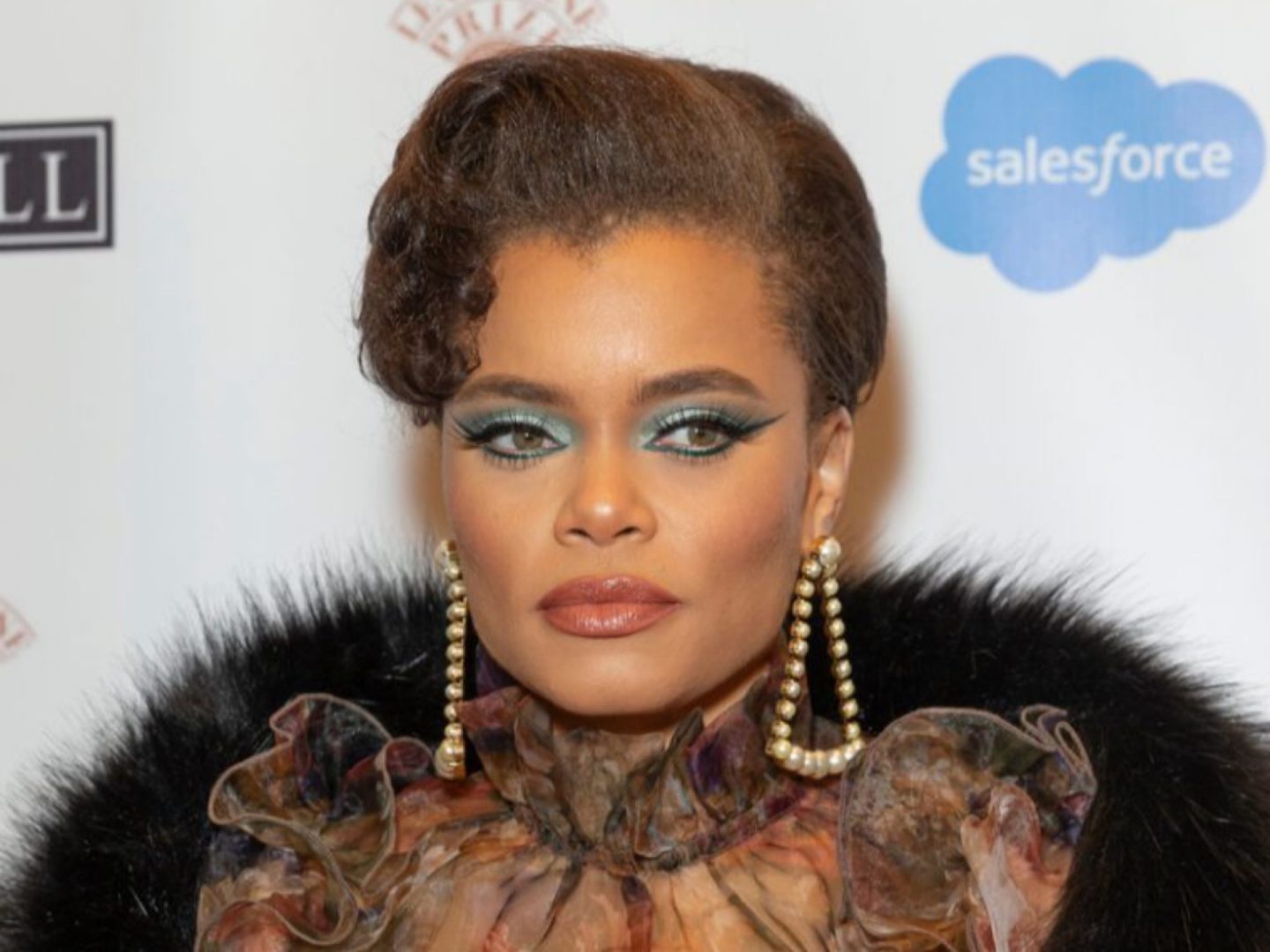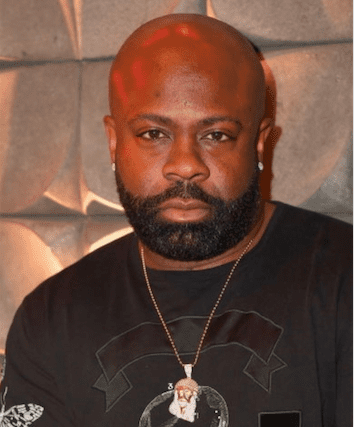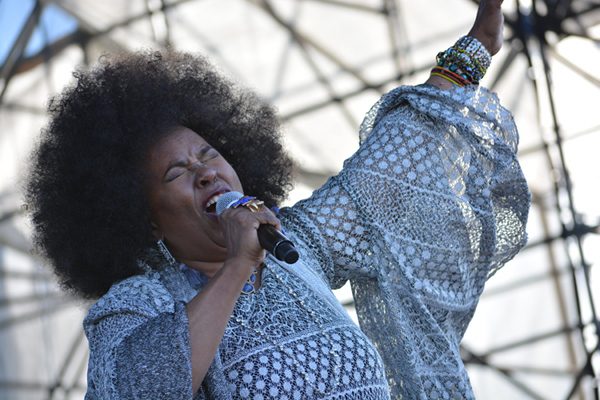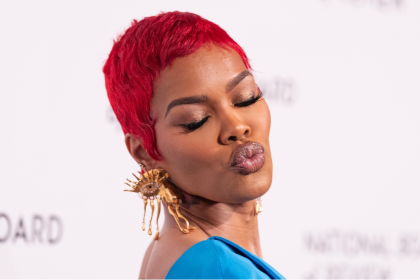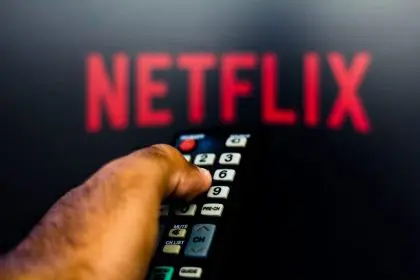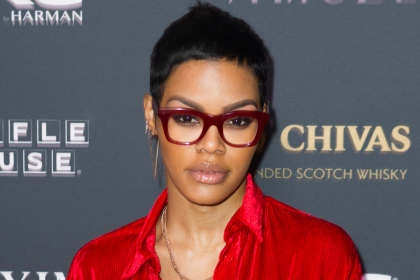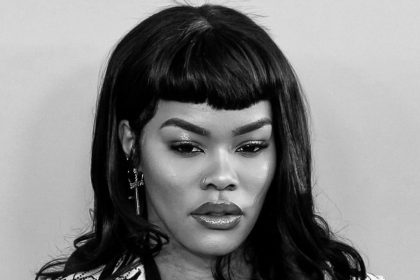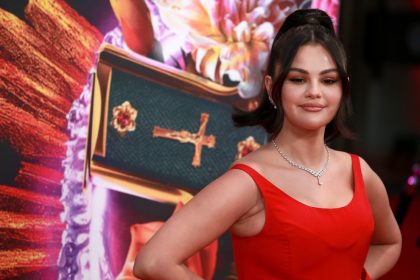A heartwarming display of artistic solidarity emerged when Grammy winner Andra Day recreated Aaron Pierre’s viral dance entrance from “The Jennifer Hudson Show” on said show, demonstrating the power of Black creativity in mainstream entertainment.
When movement speaks volumes
Pierre’s now-famous spirit tunnel entrance on Hudson’s show transformed a routine TV appearance into a cultural moment. His smooth, magnetic moves resonated deeply with viewers who appreciate authenticity and natural charisma. The performance generated such enthusiasm that producers temporarily paused social media comments due to overwhelming engagement.
Paying homage in heels
Day’s Instagram tribute, says The Jasmine Brand, captured the essence of Pierre‘s original performance while adding her signature flair. Her playful acknowledgment of attempting the moves in heels highlighted both her respect for the original and her ability to connect with audiences through relatable moments.
More than a dance
This exchange represents the continuing evolution of Black entertainment, where established and emerging artists support each other openly. Their interaction exemplifies how social media platforms can amplify positive representations and foster community connections.
The moment transcends simple entertainment, serving as a reminder of how shared cultural experiences build bridges across generations. It showcases how modern performers honor each other while creating their own legacies.
These organic interactions between artists help reshape mainstream entertainment narratives. By celebrating each other’s achievements and sharing moments of joy, they create lasting impressions that resonate with audiences who rarely saw such authentic representation in previous decades.
The viral spread of both performances highlights how digital platforms enable a wider appreciation of Black talent, allowing natural expressions of creativity to reach global audiences. This visibility matters particularly for viewers who grew up during times when such representation was limited in mainstream media.
Through this simple yet meaningful exchange, Day and Pierre demonstrate how contemporary artists can acknowledge and celebrate each other while maintaining their artistic identities. Their interaction reflects broader changes in entertainment, where Black performers increasingly control their narratives and support fellow artists publicly.
This moment serves as another milestone in the ongoing transformation of mainstream entertainment, where authentic expressions of Black creativity continue gaining deserved recognition and appreciation. It shows how far the industry has come while pointing toward an even more inclusive future.

